History
By Martha Meacham, M.A., M.L.I.S. and Chloe Morse-Harding, M.AT., M.S.
MassBiologics, Vaccination, and Public Health History
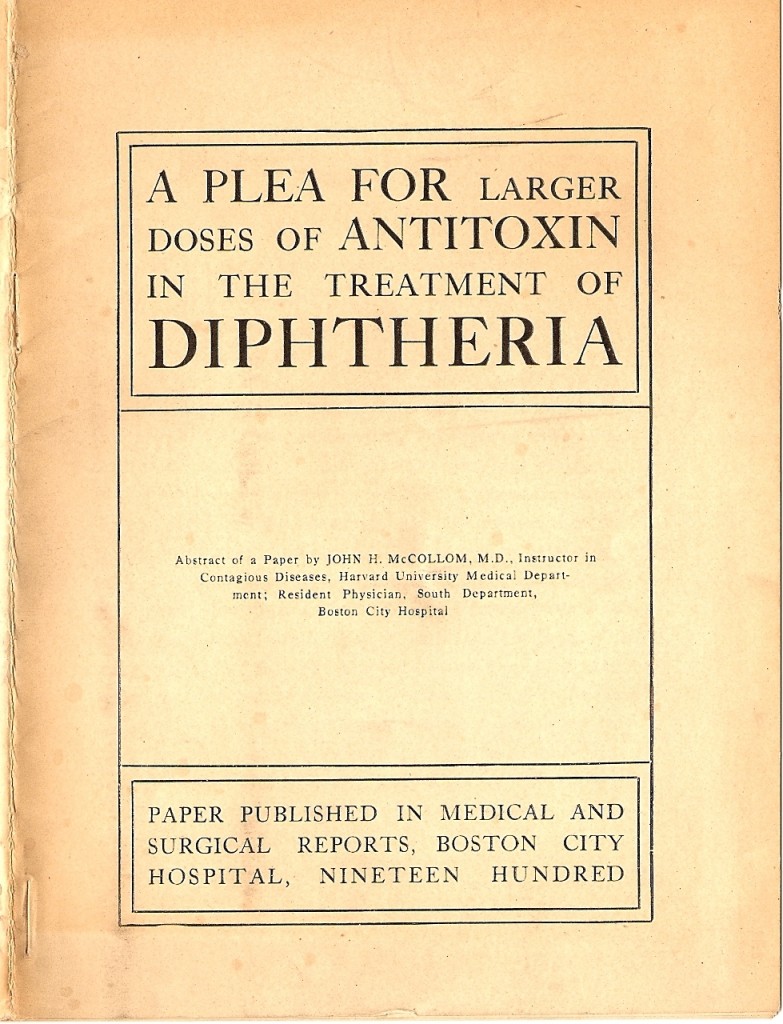 Public health concerns regarding the prevention and treatment of communicable disease have existed in the United States since Colonial times. Many of the actions and statutes that lead to modern day public health measures such as vaccination began in Massachusetts. Advances in understanding of disease and public health set the stage for the founding and continued development of MassBiologics of the UMass Chan Medical School.
Public health concerns regarding the prevention and treatment of communicable disease have existed in the United States since Colonial times. Many of the actions and statutes that lead to modern day public health measures such as vaccination began in Massachusetts. Advances in understanding of disease and public health set the stage for the founding and continued development of MassBiologics of the UMass Chan Medical School.
Early Public Health
The early public health movement in America began in 1648 with the enactment by the General Court of the Massachusetts Bay of a statute providing for maritime quarantine. This statute was passed to address the spread of disease coming from the West Indies, but was repealed the following year when the epidemic stopped. During a 1678 smallpox epidemic, Reverend Thomas Thacher of Boston published a broadsheet on the care of smallpox victims, possibly the first medical publication in the English colonies. In 1721 Massachusetts, Cotton Mather promoted small pox inoculation, which was then begun by Dr. Zabdiel Boylston.1
Many other acts throughout the 17th and 18th centuries addressed prevention of disease and the spread of contagions. Toward the end of the eighteenth century, the appearance of several epidemics of influenza, smallpox, scarlet fever, and yellow fever brought the investigation of disease to the forefront of medical interest. Notably, on June 22, 1797, a law passed in Massachusetts provided for the formation of health organizations in towns and gave these organizations the authority to abate nuisances which they considered dangerous to the public health.2 This law was subsequently copied and adopted by many other states. Shortly after, in 1799, a Board of Health with Paul Revere as President, known as the “Paul Revere Board of Health”, was established in Boston following a severe outbreak of yellow fever.3
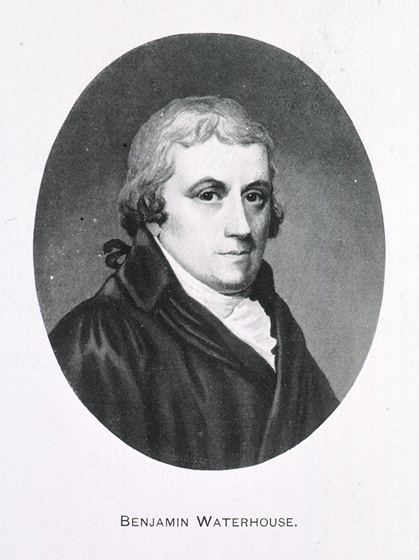 During the early part of the 19th century, Massachusetts set many precedents in vaccination and public health. In 1801 Dr. Benjamin Waterhouse, a Boston physician, introduced the use of “Cowpox Vaccine”, in Massachusetts and became the first doctor in Boston to obtain vaccine material. Soon after, in 1802, Massachusetts became the first U.S. state to encourage the use of vaccination against smallpox. Dr. Waterhouse convinced Boston’s Board of Health to sponsor a public test of vaccination. Nineteen volunteers were successfully vaccinated. Milton, Massachusetts set an even greater standard in 1809, later to be a cornerstone of Massachusetts public health, by giving all inhabitants free smallpox vaccination. Other communities soon followed this example.4
During the early part of the 19th century, Massachusetts set many precedents in vaccination and public health. In 1801 Dr. Benjamin Waterhouse, a Boston physician, introduced the use of “Cowpox Vaccine”, in Massachusetts and became the first doctor in Boston to obtain vaccine material. Soon after, in 1802, Massachusetts became the first U.S. state to encourage the use of vaccination against smallpox. Dr. Waterhouse convinced Boston’s Board of Health to sponsor a public test of vaccination. Nineteen volunteers were successfully vaccinated. Milton, Massachusetts set an even greater standard in 1809, later to be a cornerstone of Massachusetts public health, by giving all inhabitants free smallpox vaccination. Other communities soon followed this example.4
Early Vaccine History
The terms inoculation, vaccination and immunization are often used interchangeably but, in fact, have slightly different meanings and connotations. The term immunization covers both inoculation and vaccination, generally referring to any process which exposes an individual to something in order to fortify the immune system. The main difference between inoculation and vaccination is the process of administering the organism. Inoculation is a method of purposefully infecting a person with an organism in a controlled manner so as to minimize the severity of a current infection and also to induce immunity against further infection. Vaccination is the process of administering weakened or dead pathogens to a healthy person, with the intent of conferring future immunity against the disease.5
Inoculation had been informally used and its affect observed since ancient times, even if the scientific mechanisms were not understood. Before advancement in understanding about germ theory and immunity, inoculation was the primary and best means of disease prevention. It entered general public use and acceptance in 1721 after the work of Cotton Mather and Zabdiel Boylston and continued to be heavily used thereafter. For example, in Boston, in 1792 8,000 individuals were inoculated against smallpox.
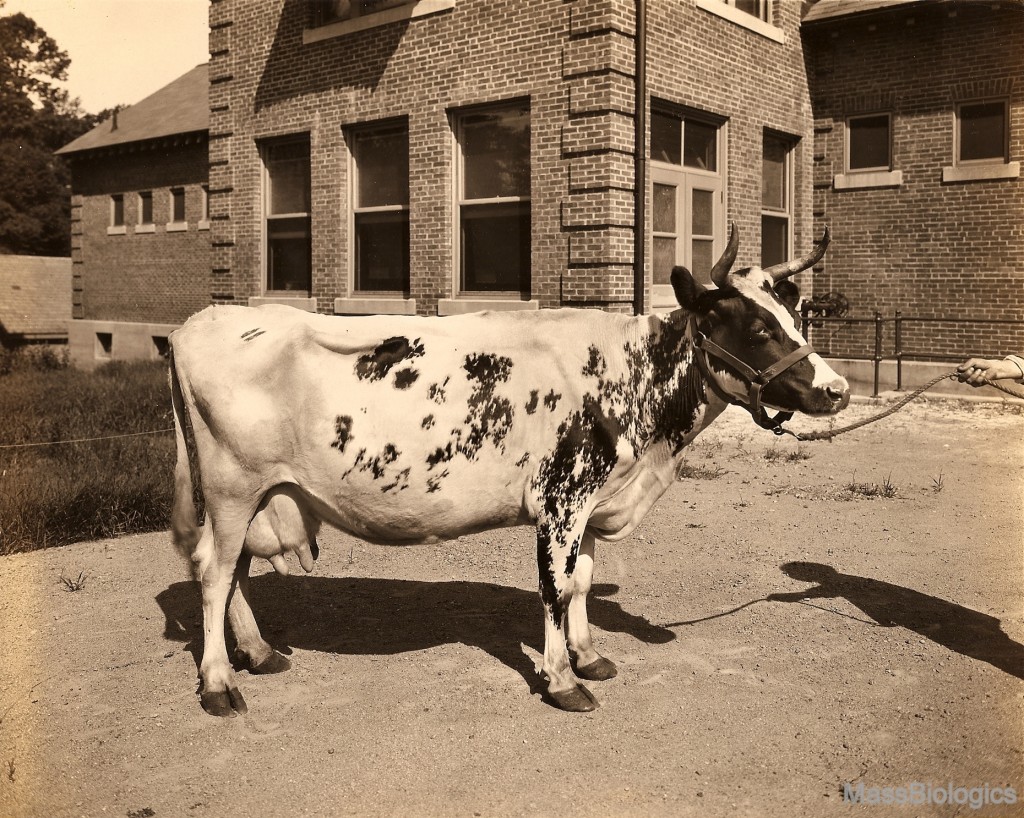
Credit for the first modern and scientific steps toward scientific and standardized inoculation goes to Edward Jenner, an English physician. In 1796, Jenner first speculated that protection from the smallpox disease could be obtained through inoculation with a related virus, cowpox. He tested his theory by inoculating eight-year-old James Phipps with cowpox pustule liquid recovered from the hand of a milkmaid, Sarah Nelmes. Jenner then tried to infect James with smallpox but found the boy was immune.6 Jenner’s process became known as vaccination (from the Latin vacca for cow) because it used an alternative and weakened form of the disease, cowpox from other people. The findings spread rapidly throughout the medical community and smallpox vaccination was quickly adopted, including by Dr. Waterhouse in Boston.7 The impact and importance of the smallpox vaccine is of particular note. In 1721, smallpox attacked 5,989 persons out of the 11,000 inhabitants of Boston, killing 840. In 1730, 500 died of smallpox. After Jenner published his work concerning smallpox, his form of vaccination became more standardized and accepted. The last smallpox epidemic in Massachusetts occurred in 1902. In 1922 there were only two cases of smallpox in Massachusetts with no deaths.8 Today, smallpox is considered to have been eradicated, the last reported case of naturally occurring smallpox in the world having been reported in 1977.9
The next advancement in vaccines did not come until the 1870s with the discoveries of Louis Pasteur, a French chemist and microbiologist, about chicken cholera. Pasteur observed that after accidentally exposing chickens to the attenuated (weakened) form of a cholera culture, the chickens became resistant to the actual virus. This eventually led to the landmark development of a rabies vaccine. On July 6, 1885, Pasteur successfully vaccinated Joseph Meister, a 9-year-old boy who had been bitten by a rabid dog.10
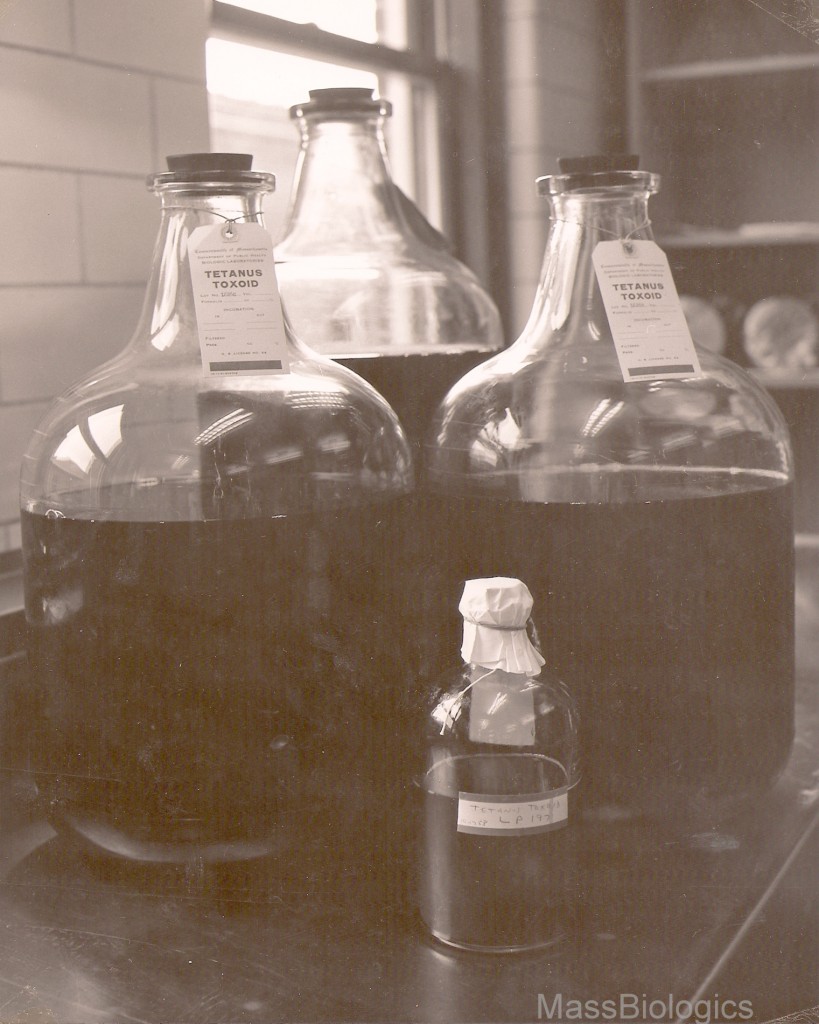
From the Commonhealth publication
Shattuck Report and Foundations for Laboratory Establishment
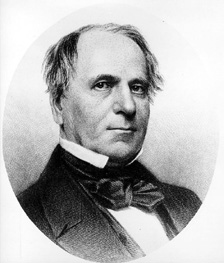
Shattuck
With the advancements in medicine and vaccine science, the groundwork for standardized, government supported public health care systems began to be established. Lemuel Shattuck began petitioning the State in 1848, with the help of the American Statistical Association and the Massachusetts Medical Society, to make a sanitary survey of Massachusetts. The Legislature agreed, prompted in part by fears of a cholera epidemic after reports of the disease causing quarantine in New York harbor and the memories of an 1832 cholera epidemic in Boston. A commission, lead by Shattuck, was appointed in 1849, to investigate the conditions, both favorable and unfavorable, that affected the health of Massachusetts residents. Submitted to the legislature on April 25, 1850, the Report of the Massachusetts Sanitary Commission, 1850, at almost five hundred pages, was researched and prepared almost entirely by Shattuck alone. It recommended legislation that would allow for more efficient control of factors influencing the health of communities and individuals. This included the recommendation for the establishment of a central board of health that, along with local boards of health, would be charged with executing laws related to the health of Massachusetts residents. Many other recommendations were made including the need for a census, registration of births, deaths, and illness, and the investigation of all causes of disease.11
Even with the recommendations in Shattuck’s report, it was not until 1869 that the Massachusetts’ Legislature enacted a law creating the State Board of Health. The board consisted of seven members appointed by the Governor and was given general oversight of all matters related to the health of Massachusetts and its people. Henry Ingersoll Bowditch, a prominent Boston physician, was appointed first Chairman. The State Board of Health went through many changes leading up to the turn of the century. Many other departments related to health were continually created or merged, and greater powers were increasingly granted. In 1888 the State Board of Health went on record as recommending the establishment of a state vaccine institution. It was not seen as an immediate priority as there were numerous sources of vaccine lymph. However, the quality of the vaccine fluctuated greatly so that a large number of failures and undesirable reactions resulted. Because of legislation passed in Massachusetts requiring vaccination as a prerequisite to school attendance, the State Board of Health felt it was the duty of the State to provide vaccine of dependable quality for this purpose.12
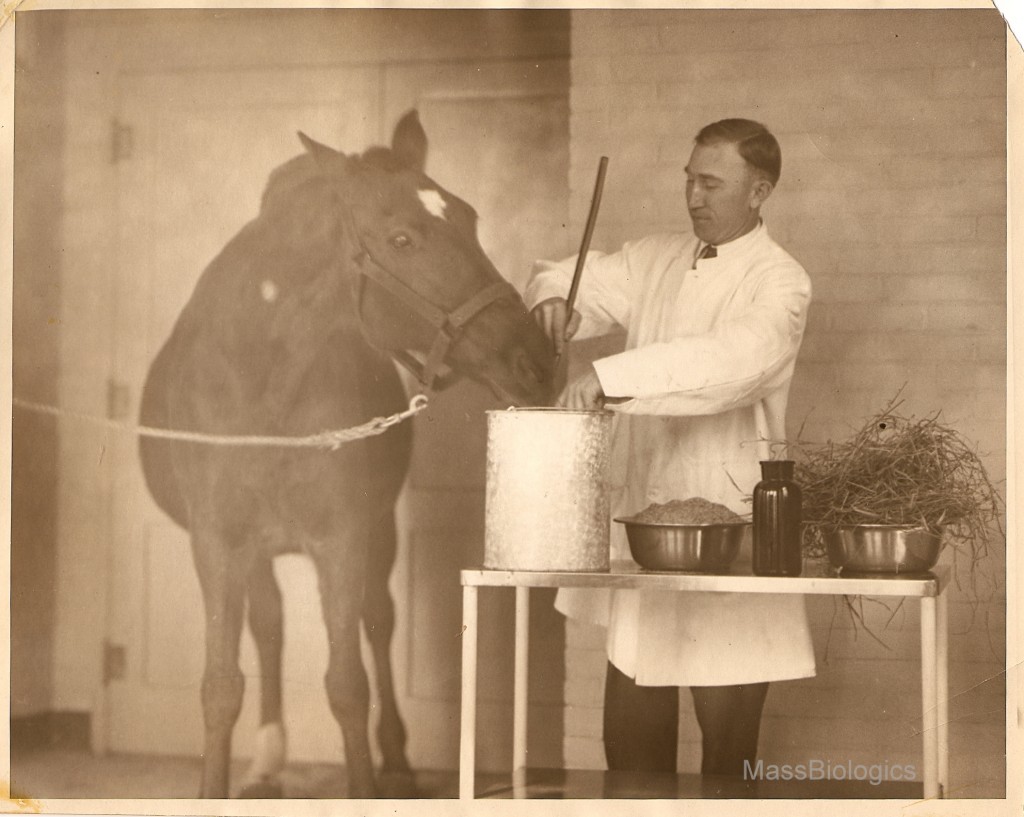
Vaccine production.
In the early 1890’s Emil Adolf von Behring, a German physiologist who ultimately received the first Nobel Prize in Physiology or Medicine in 1901. and Kitasato Shibasaburō, a Japanese physician and bacteriologist, discovered that injection of animals with the toxin of the diphtheria bacillus produced antitoxins in the animal’s blood serum. This serum then had beneficial powers for diphtheria when given to those exposed to the disease and even cured those already considered extremely ill. This discovery coincided with a diphtheria epidemic that swept through the United States in the 1890s, killing thousands of children. This prompted many U.S. state health departments to create laboratories to start extracting antiserum from horses’ blood.13
While attending conferences in Paris in 1894, Dr. Henry Pickering Walcott, then chairman of the State Board of Health, heard reports from Pierre Paul Émile Roux, a French physician, bacteriologist and immunologist, about his work on the preventive and therapeutic value of antitoxin. Recognizing the importance of these developments, Walcott advocated for the establishment of a laboratory in Massachusetts, as was being done in New York City, where diphtheria antitoxin could be manufactured and freely distributed under state supervision.14 Dr. Harold C. Ernest was appointed to procure what was necessary for the production of toxin for horses and antitoxin for patients in order that that the city, as he stated, “Not to be dependent for its supply of this therapeutic agent upon what the governments of France and Germany might see fit to spare, or upon a supply furnished by private individuals, who are interested mainly in pecuniary work and secondly in the interests of the community.”15
In the autumn of 1894, the Board appointed Joseph L. Goodale, MD, to begin preparation of antitoxin serum in a laboratory located in the State House on a tentative basis. Goodale was a recent Harvard Medical School graduate who had just returned from a year of study in Europe at some of the first laboratories to produce antitoxin. The horses necessary for the antitoxin production and some laboratory space were housed in a stable on the grounds of the Bussey Institution of Harvard University at Forest Hills. Serum began to be distributed free to physicians in Massachusetts as early as March 1895.16
Theobald Smith and the Early Years
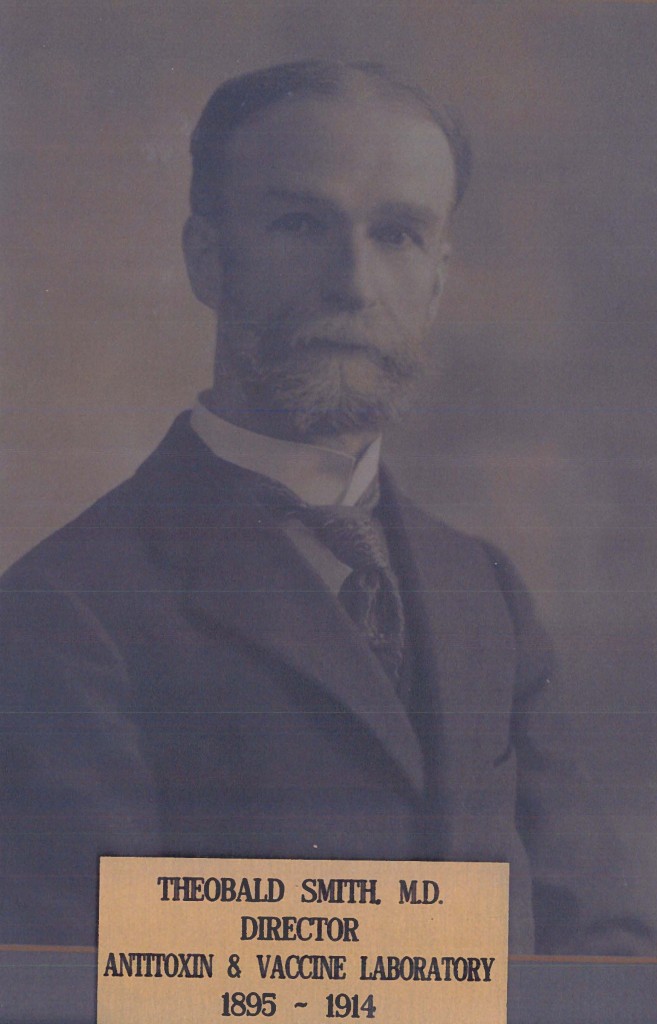
M.D. Director
1985-1914
It soon became apparent to the Board of Health that the nature and scope of the work required the direction of a more highly trained bacteriologist. Dr. Theobald Smith took charge of the newly established Antitoxin and Vaccine Laboratory in the summer of 1895 after outfitting a number of laboratory rooms at the Bussey Institution. Dr. Theobald Smith was a pioneer epidemiologist, bacteriologist, and pathologist. Before becoming the first Director of the Laboratory, Dr. Smith had been the Director of the Division of Pathology of the U.S. Bureau of Animal Industry. At the same time as joining the Laboratory, Dr. Smith became the first Professor of Comparative Pathology at the Harvard Medical School. As director of the Antitoxin and Vaccine Laboratory, Smith developed vaccines, antitoxins, and diagnostic tests against smallpox, meningitis, tuberculosis, and typhoid. He was one of the first to demonstrate the production of immunity by killed cultures of disease organisms and to show that a mixture of diphtheria toxin and antitoxin confers immunity.17
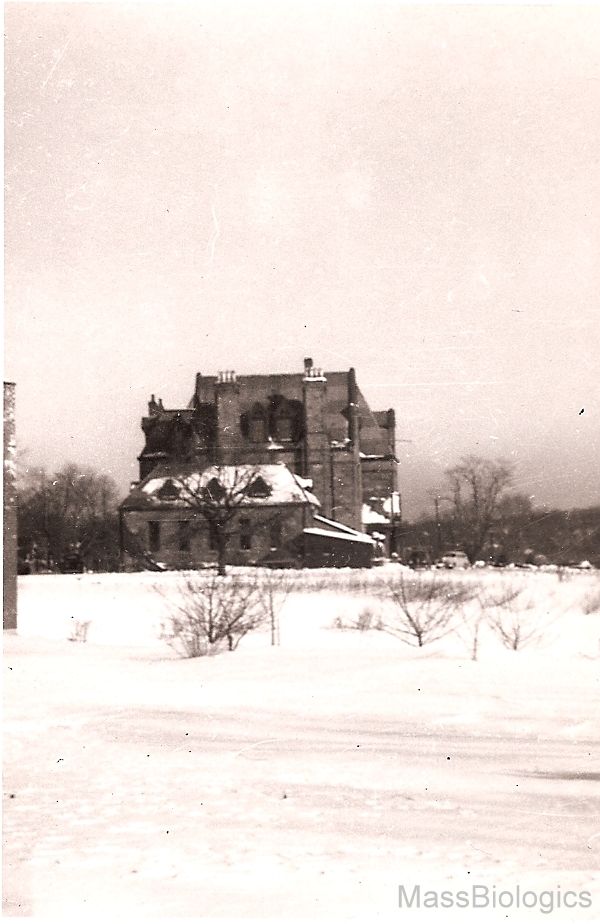
Building
Even with the generosity of Harvard, Dr. Smith had limited space and resources. In an Annual report of the Presidents and Treasurer of Harvard College, the space provided is described as follows; “Facilities were provided at the Bussey Institution of Harvard College near the Forest Hills station. Three rooms of medium size were fitted up, together with a small animal house – a transformed unused greenhouse attached to the building of the institution.”18
For most of the first years of the Laboratory, the preparation of diphtheria antitoxin was carried out under the personal supervision of Dr. Smith, with little involvement by the State Board of Health and without any legislative mandate. However, the services provided through the laboratories continued to grow. A bacteriological laboratory, later known as the Diagnostic Laboratory, was established in 1895 for the purpose of experimental work and the investigation of infectious diseases, namely, the diagnosis of diphtheria and tuberculosis and examination of blood from suspected malaria patients. Blood tests of suspected typhoid cases were added to the work of the bacteriological laboratory in 1900.19
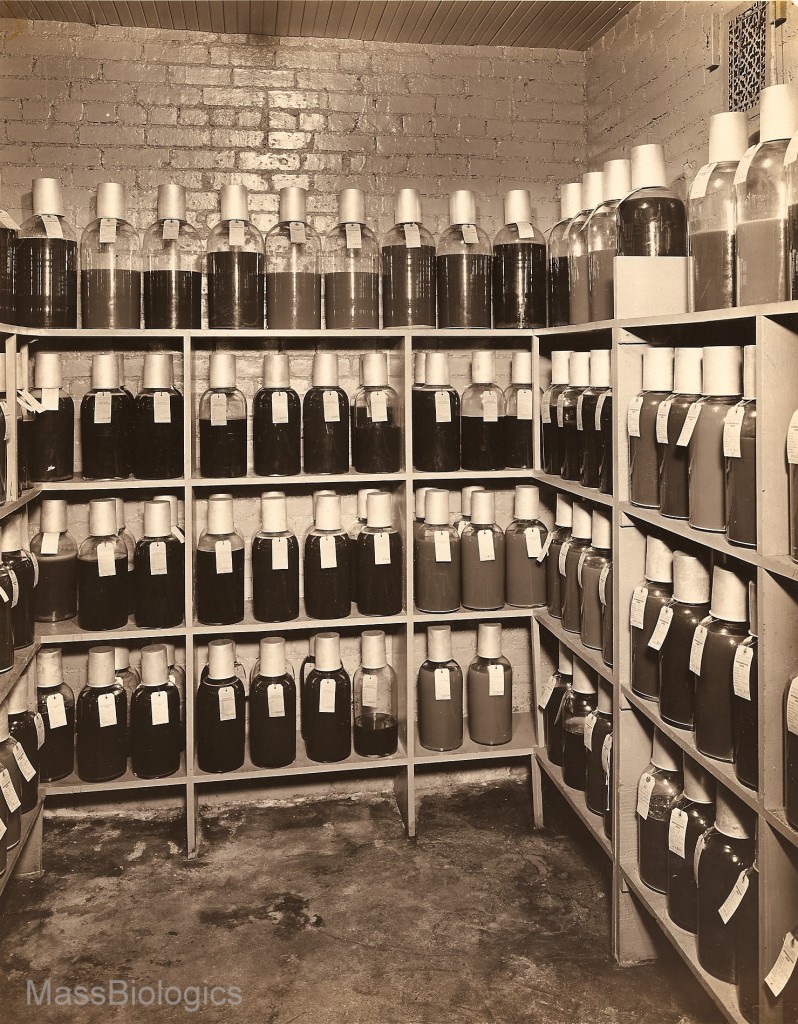
facilities
After systematic production of diphtheria antitoxin was begun at the Antitoxin and Vaccine Laboratory, acceptance by the medical profession was rapid. Production expanded from 1,700 doses in 1895 to over 33,000 in 1899. Deaths in Massachusetts decreased from 25% to 11% during the first year. In 1901 one local physician calculated that during the preceding seven years when antitoxin had been generally available, about 10,000 lives had been saved by its use.20
A diphtheria epidemic in 1900-01 strained the already taxed resources and quarters of the laboratories at the Bussey Institution. It became evident that the State Board of Health needed to take a more official role, allowing for more stable and sustainable preparation of antitoxin. At the same time a problem regarding the preparation and distribution of vaccine lymph was facing the State Board of Health. This prophylactic substance had, to this point, largely been produced by a number of parties outside of the state with little control or oversight creating a number of problems. It was determined that the only solution was for the State itself to assume responsibility for production and distribution of the lymph.21
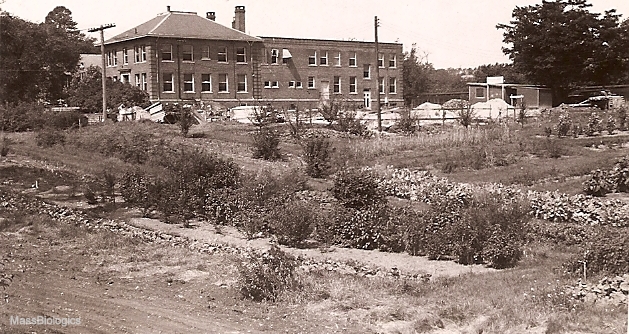
AV Laboratory
The Legislature passed a bill in 1903 authorizing the State Board of Health to produce and distribute antitoxin and vaccine lymph. The Corporation of Harvard University in conjunction with the State agreed to use a portion of the land of the Bussey Institution adjoining the Arnold Arboretum to expand and build suitable laboratory space where this newlyauthorized preparation of diphtheria antitoxin and animal vaccine could be carried out. The new building was completed in July 1904, with the first lot of antitoxin being issued in September. Production and distribution of smallpox vaccine soon followed, beginning in 1904. However, this new building would also quickly be outgrown, and two story additions were made to both the laboratory and animal buildings in 1927.22
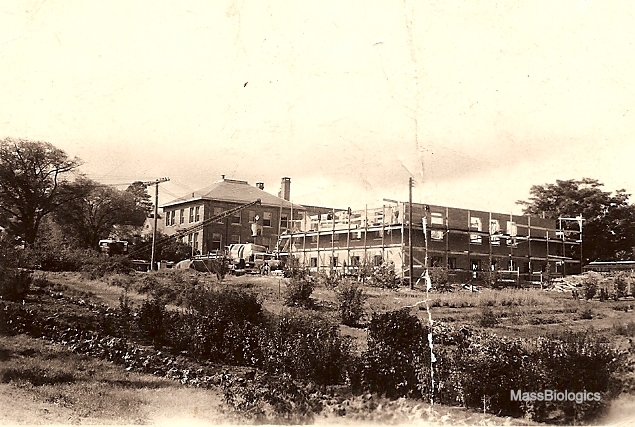
1927.
In 1907 the Legislature further clarified the role the State Board of Health in regards to communicable diseases. New legislation mandated that the State Board of Health was responsible for making bacteriological examinations for diagnosis, investigating the sources of infections, and the free distribution of sera, vaccines and other prophylactic agents. It also required physicians and sufferers to report certain diseases dangerous to public health within twenty-four hours.23
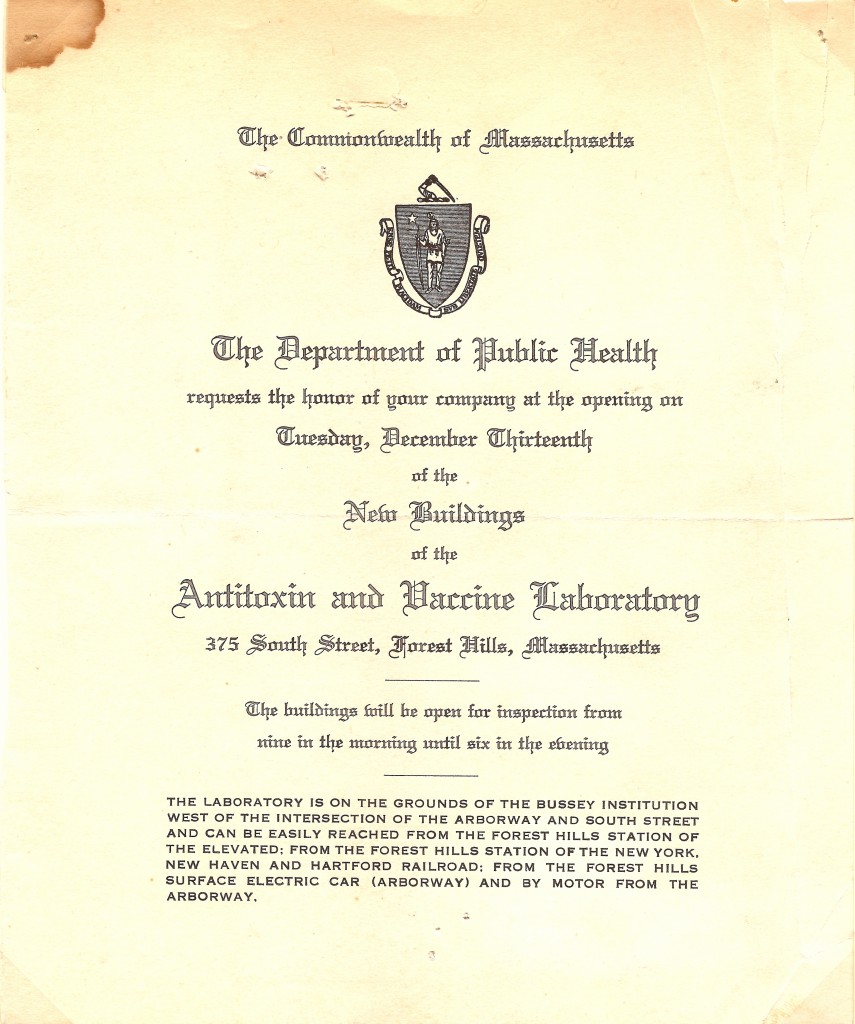
Invitation to Opening of New Laboratory Building.
Tues, December 13, 1927.